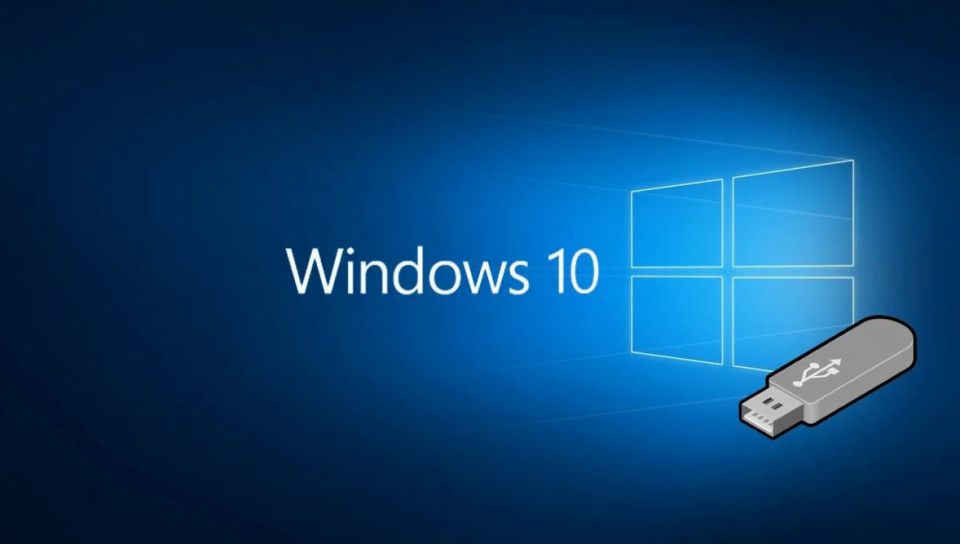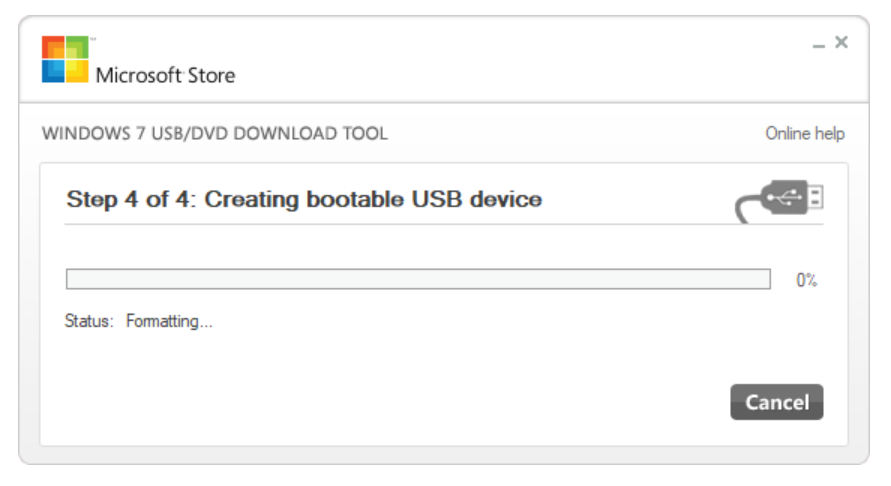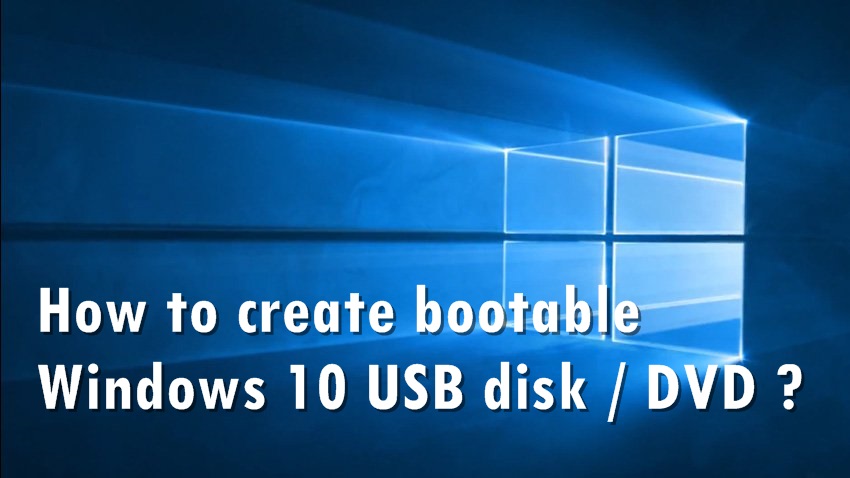

- #Microsoft create windows 10 bootable usb software license
- #Microsoft create windows 10 bootable usb install
- #Microsoft create windows 10 bootable usb update
Initial build installed was 18632.30 but a check with Windows Update provided the current build 18632.116.
#Microsoft create windows 10 bootable usb install
Created a DVD from the x86 ISO and did a clean install successfully. Microsoft however includes was is needed in the ISO. Intel ceased manufacturing motherboards long ago so no more drivers. It failed to upgrade on the 2nd re-boot during installation citing driver issues. My only problem was an Intel D945GNT motherboard (circa 2006) non-UEFI with Pentium 820 dual-core running Win 10 Pro x86 1809b17763.529. Successfully updated 4 desktop and 1 tablet computers to v1903 using ISOs download using “MediaCreationTool1903”.

Option 1: using USB or DVD installation media The installation process depends on the installation media. Using Windows 10 installation media to upgrade Otherwise, the ISO is just saved to the local system.

ISO: no requirements but you need a blank DVD if you want to burn it to DVD (may need dual-layer DVD).Note that all data on the drive will be deleted in the process. USB Flash Drive: needs to have at least 8 Gigabytes of space.Select which media you want: USB flash drive or ISO file.Keep the detected language, edition and architecture settings, or change them if you need installation media for a different setup.While you can use it to "upgrade the PC now" as well, it is better, usually, to use installation media as it gives you more control and options should something go wrong. Select "create installation media" on the next screen.
#Microsoft create windows 10 bootable usb software license
Accept the Software License Terms on the first screen to proceed.Note that you can only run it on Windows systems. Run the program once it is on the local system.Click on the "Download tool now" button to start the process. Visit the official Microsoft website and download the Media Creation Tool to your system.You may use Microsoft's Media Creation Tool to create Windows 10 installation media. Step 1: Create the installation media or ISO image


 0 kommentar(er)
0 kommentar(er)
